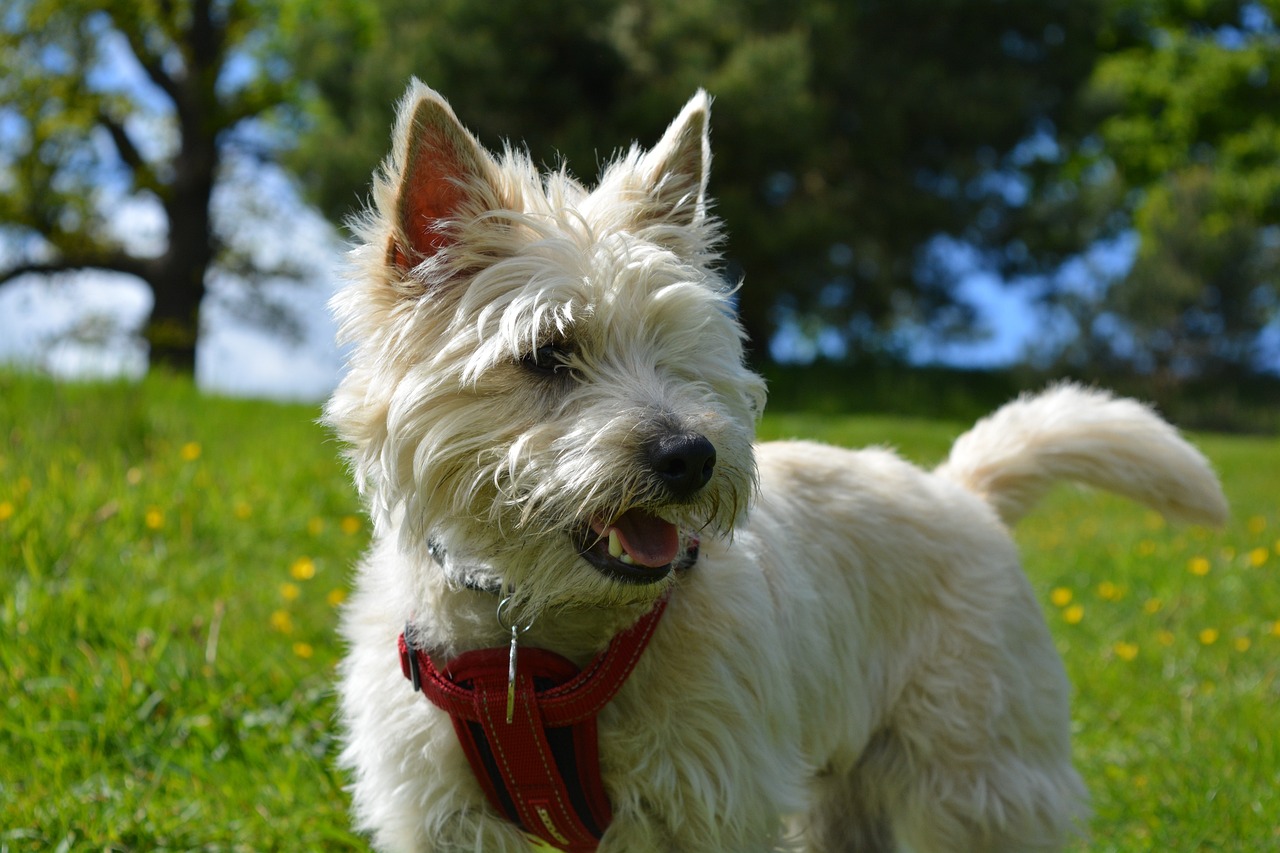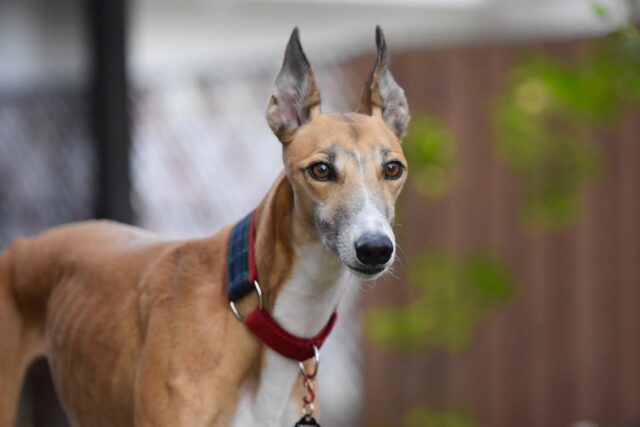

When choosing a dog breed, many prospective pet owners focus on traits like friendliness, trainability, and energy levels. However, for those who value a self-sufficient companion, breeds known for their independence can be especially appealing. These independent dogs are ideal for busy individuals or families who may not always have time for constant interaction. While these breeds can form strong bonds with their owners, they are content with less attention and enjoy spending time on their own, making them a perfect fit for a more hands-off approach to pet ownership.
Akita

The Akita is a noble breed from Japan, revered for its dignity and courageous nature. Akitas are known for their loyalty to family but are also incredibly independent. Originally bred for hunting large game such as bears, these dogs are decisive and self-reliant. Akitas tend to be reserved and may not seek constant affection or attention from their owners. They require a confident handler who respects their need for independence while providing firm and consistent training. Akitas are excellent watchdogs, often protective and wary of strangers, making them strong-willed companions who don’t rely heavily on human direction.
Shiba Inu

Another Japanese breed, the Shiba Inu, is famously independent. Known for their spirited personality and fox-like appearance, Shibas are often described as cats in a dog’s body. They clean themselves frequently and are very particular about their personal space. Shiba Inus can be aloof with strangers and is selective in showing affection, even to family members. They enjoy having their own space and often manage well on their own for periods as long as they have enough mental and physical stimulation. Their strong hunting instincts and cleverness make them both challenging and fascinating pets.
Chow Chow

Chow Chows are not only distinctive in appearance with their lion-like mane and deep-set eyes but are also known for their independent and sometimes stubborn nature. This breed is often aloof and reserved, even with their own families. Chow Chows are not typically cuddly or overly friendly, preferring to remain dignified and self-sufficient. They respond best to training that respects their autonomy and are more likely to cooperate when they see a direct benefit to themselves. As a breed with ancient origins, they have retained a strong sense of self-preservation and independence.
Basenji

The Basenji, often referred to as the “barkless dog,” is notoriously independent. Originating from Africa, these dogs were bred for hunting and relied heavily on their intelligence and instinct to operate independently. Basenjis are not typical lap dogs; they prefer to explore and learn on their own terms. They are known for being exceptionally clean, often grooming themselves like cats. Basenjis require early socialization and training that encourages their inquisitive nature while setting clear boundaries.
Afghan Hound

The Afghan Hound, with its striking appearance and elegant demeanor, is another breed that embodies independence. These dogs were originally used for hunting in the mountains of Afghanistan, where their decision-making skills and independence were crucial for navigating difficult terrains. Afghan Hounds are often distant from strangers and may seem indifferent to commands. They appreciate interaction on their own terms and enjoy having time and space to themselves. Their aloofness is matched by their loyalty to those they trust, making them a complex but rewarding breed.
Scottish Terrier

Scottish Terriers, or “Scotties,” are known for their bold and confident character. They are fearless and often assert their independence in various situations. Scotties were bred to hunt and dig for vermin, and these traits have fostered a strong sense of autonomy. They can be stubborn and tend to make their own decisions about what they want to do. Training a Scottie involves recognizing their independent streak and harnessing it rather than fighting against it.
Jack Russell Terrier

Jack Russell Terriers are small in size but big in personality. Known for their boundless energy and fearless nature, they are also surprisingly independent. Jack Russells were bred for fox hunting, requiring quick thinking and the ability to operate independently. They are intelligent and often have their own ideas about how to do things, which can sometimes clash with the wishes of their owners. They need a lot of mental and physical stimulation to keep them from becoming bored and developing destructive habits.
Cairn Terrier

Cairn Terriers, famous for their role as Toto in “The Wizard of Oz,” are spirited and resourceful. Bred to hunt rodents in the stone cairns of Scotland, these dogs are accustomed to thinking for themselves and solving problems independently. Cairn Terriers are curious and will often investigate anything new without hesitation. They are determined and can be stubborn, which makes them seem more like a partner in crime than a follower in the household.
Greyhound

Greyhounds are known for their incredible speed and graceful appearance. Despite their racing background, they are surprisingly independent and reserved. Greyhounds do enjoy companionship but on their own terms. They are often content to lounge for hours without seeking much interaction. Greyhounds make excellent pets for those who appreciate a dog that isn’t overly demanding of attention and can enjoy peaceful coexistence without constant supervision.
Saluki

Salukis are as independent as they are ancient. Known for their grace and speed, these dogs were historically used for hunting by nomadic tribes. Salukis have retained their independent hunting instincts and prefer making their own decisions. They are reserved, even with their families, and are not typically clingy or overtly affectionate. Training a Saluki requires patience and understanding of their desire for autonomy.
Whippet

Whippets are closely related to Greyhounds and share many of the same traits, including a love for running and a strong independent streak. They are gentle and non-confrontational but are not eager to please in the typical sense. Whippets are happy to spend time alone and can be quite reserved, even with their own families. They require gentle encouragement to engage in training and activities but are very capable of thinking for themselves.
Borzoi

Lastly, the Borzoi is a breed known for its aristocratic bearing and independent nature. Originally bred to hunt wolves in Russia, these dogs are accustomed to making split-second decisions during the chase. Borzois are gentle and affectionate with their families but are not dogs that will consistently seek out attention or require constant interaction. They appreciate having space to stretch their long legs and a quiet environment where they can retreat.
Embracing the Independence of These Breeds

These breeds showcase the variety of dogs that embody independent traits, each with its unique expression of autonomy. These dogs are well-suited for owners who appreciate and respect their need for space and self-sufficiency. Having an independent dog can be deeply rewarding, as it fosters a relationship built on mutual respect and understanding. By embracing their self-reliant nature, owners can enjoy a bond with their pets that is both fulfilling and harmonious, highlighting the distinct joys of living with an independent canine companion.
The post 12 Most Independent Dog Breeds appeared first on iHeartDogs.com.
via Whisker Therapy